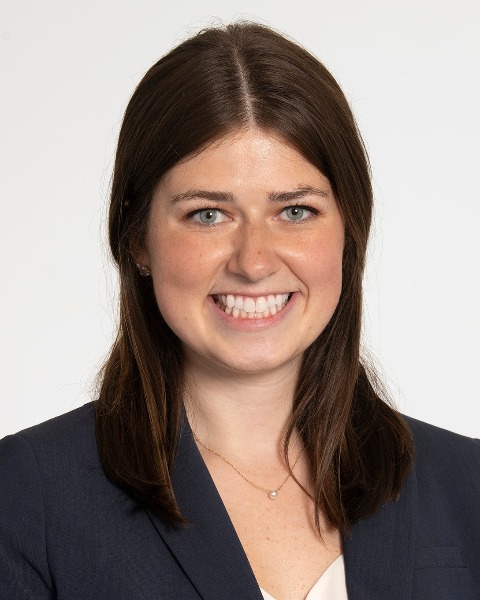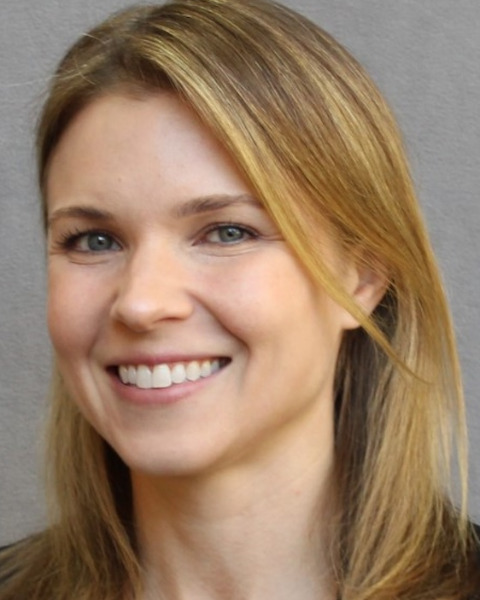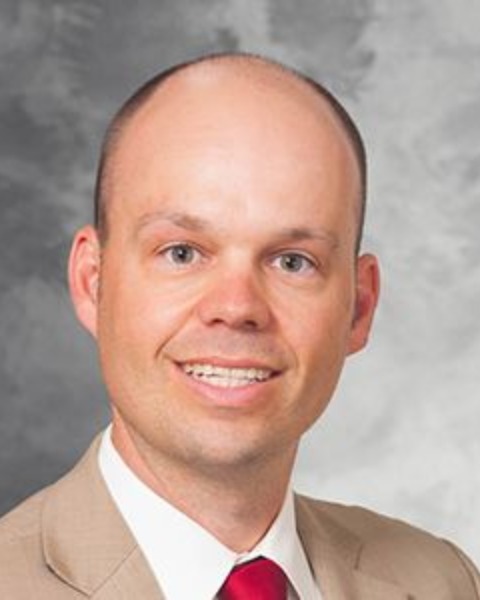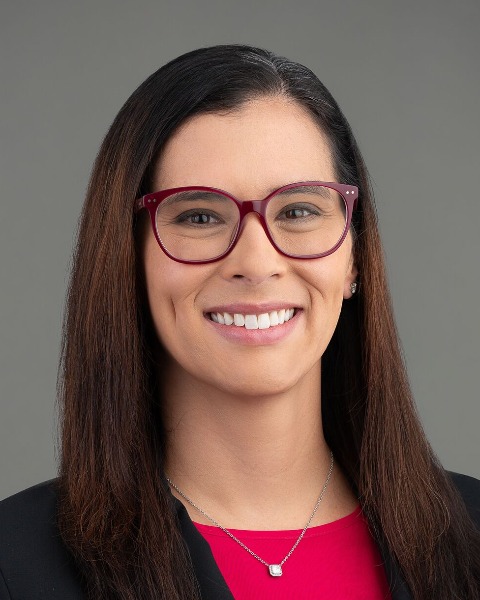SIR 2025
Interventional Oncology
Scientific Session
The First International Experience with Histotripsy: A Safety Analysis of 230 Cases

Emily A. Knott
Student
Cleveland Clinic Lerner College of Medicine, United States- CW
Chase J. Wehrle, MD
Resident
Cleveland Clinic, United States - KB
Kevin Burns, MD
Staff
Mission Hospital, United States - EO
Evan Ong, MD, MS
Staff
Swedish Health, United States 
Allison Couillard, MD
Resident
University of Wisconsin Hospitals and Clinics, United States- NP
Neehar Parikh, MD, MS
Assistant Professor
University of Michigan, United States - EC
Elaine Caoili, MD
Professor
University of Michigan, United States - JK
JaeKeun Kim, MD
Staff
Cleveland Clinic, United States - FA
Frederico Aucejo, MD
Staff
Cleveland Clinic, United States - AS
Andrea Schlegel, MD, MBA
Staff
Cleveland Clinic, United States 
Paul F. Laeseke, MD, PhD
Assistant Professor
University of Wisconsin, United States- JB
J. Philip Boudreaux, MD
Professor
Louisiana State University Health System, United States - Pv
Phillip von Breitenbuch, MD
Physician
Sheik Tahnoon Medical City, United Arab Emirates - MS
Mikhail Silk, MD
Assistant Attending
Memorial Sloan Kettering Cancer Center, United States - MA
Mohamed Alassas, MD
Staff
Swedish Health, United States - AG
Andrew Guzowski, MD
Staff
Advent Health Cancer Institute, United States - BF
Brian Fuller, BA, MBA
X
Mission Hospital, United States 
Erica M. Knavel Koepsel, MD (she/her/hers)
Associate Professor
University of Wisconsin, United States- DH
D. Brock Hewitt, MD, MPH
Assistant Professor
NYU Langone Health, United States - MM
Mishal Mendiratta-Lala, MD
Professor of Radiology
University of Michigan, United States - DK
David CH Kwon, MD
Staff
Cleveland Clinic, United States
Presenting Author(s)
Author/Co-author(s)
Histotripsy is a novel non-invasive, non-ionizing, non-thermal treatment modality that uses focused ultrasound to treat liver tumors {1}. The technology received FDA de novo approval in late 2023 and is now being used worldwide. The purpose of this study was to report short-term safety data from the majority of the centers performing histotripsy internationally.
Materials and Methods:
This was a cross-sectional study of nine medical centers performing histotripsy (Edison System, HistoSonics) of the liver. Short-term safety data within 30 days of treatment was collected from each center between 12/22/23 and 7/26/24. Complications requiring treatment were graded using Clavien-Dindo & Comprehensive Complications Index (CCI) and the National Cancer Institute Common Terminology Criteria for Adverse Events {2,3}. Histotripsy was used to treat 295 patients and 510 tumors at 18 centers. The liver tumors included colorectal (n=140), neuroendocrine (n=46), pancreatic (n=30), and breast metastasis (n=26) and hepatocellular carcinoma (n=31), located in all 8 segments. The most common number of tumors treated per procedure was 1 (n=170), 2 (n=69), and 3 (n=37). Safety data was available for 230 patients from 9 centers. Twelve out of 230 patients (5.2%) experienced complications (Table). Most of the complications were minor (Clavien Grade I/II, n=9, 75%). All three major complications ( > Clavien II) were death from disease progression. All three of these patients had undergone histotripsy with palliative intent for known advanced intra- and extrahepatic disease. Median and mean CCI was 0 (IQR: 0-0) and 0 points (95% CI: 0-0.75). Six patients (2.6%) required re-admission within 30 days, one being procedure-related.
Results:
Conclusion:
This is the first report of safety outcomes on the real-world therapeutic use of histotripsy for liver tumors. Histotripsy was well tolerated with few overall complications and rare serious complications. The safety profile compares favorably with other liver-directed and surgical therapies. Long-term follow-up safety data and oncologic outcomes are being collected.


.jpg)